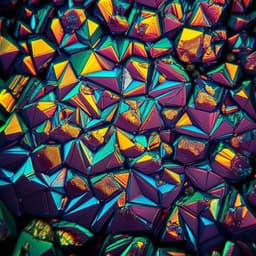
Engineering and Technology
Sustainable wood electronics by iron-catalyzed laser-induced graphitization for large-scale applications
C. H. Dreimol, H. Guo, et al.
This groundbreaking study by Christopher H. Dreimol and team reveals the innovative iron-catalyzed laser-induced graphitization (IC-LIG) technique, which fabricates highly conductive structures on wood. From strain sensors to electroluminescent devices, this method unlocks sustainable possibilities in wood electronics.
~3 min • Beginner • English
Related Publications
Explore these studies to deepen your understanding of the subject.







